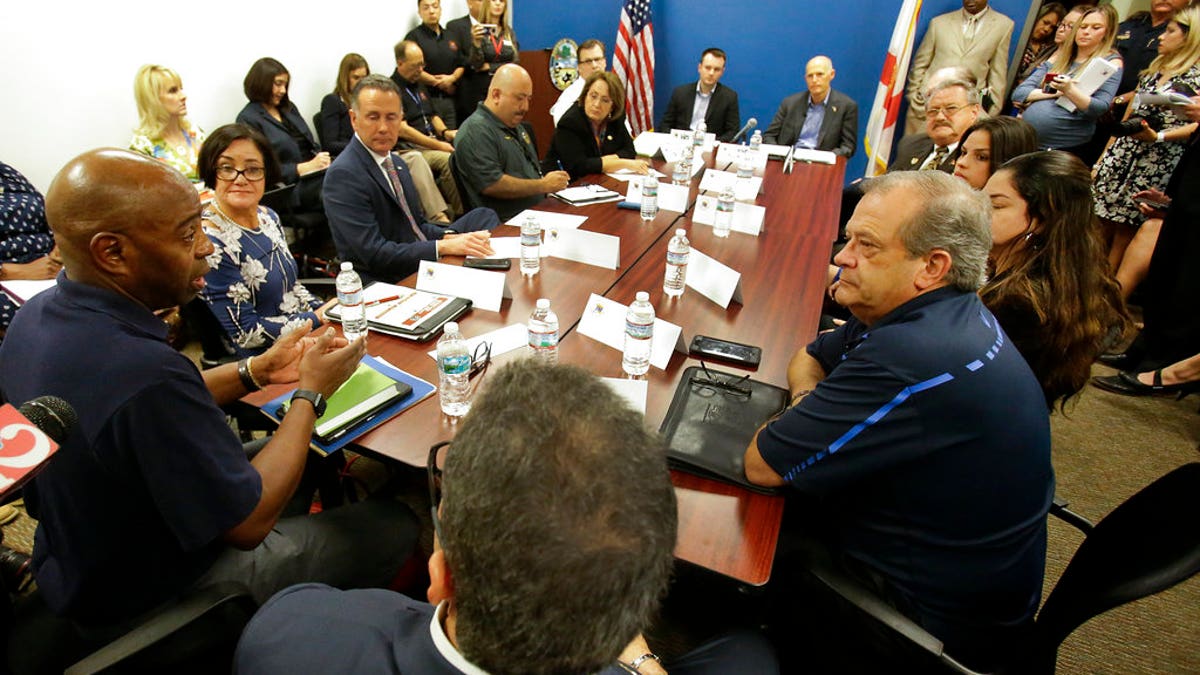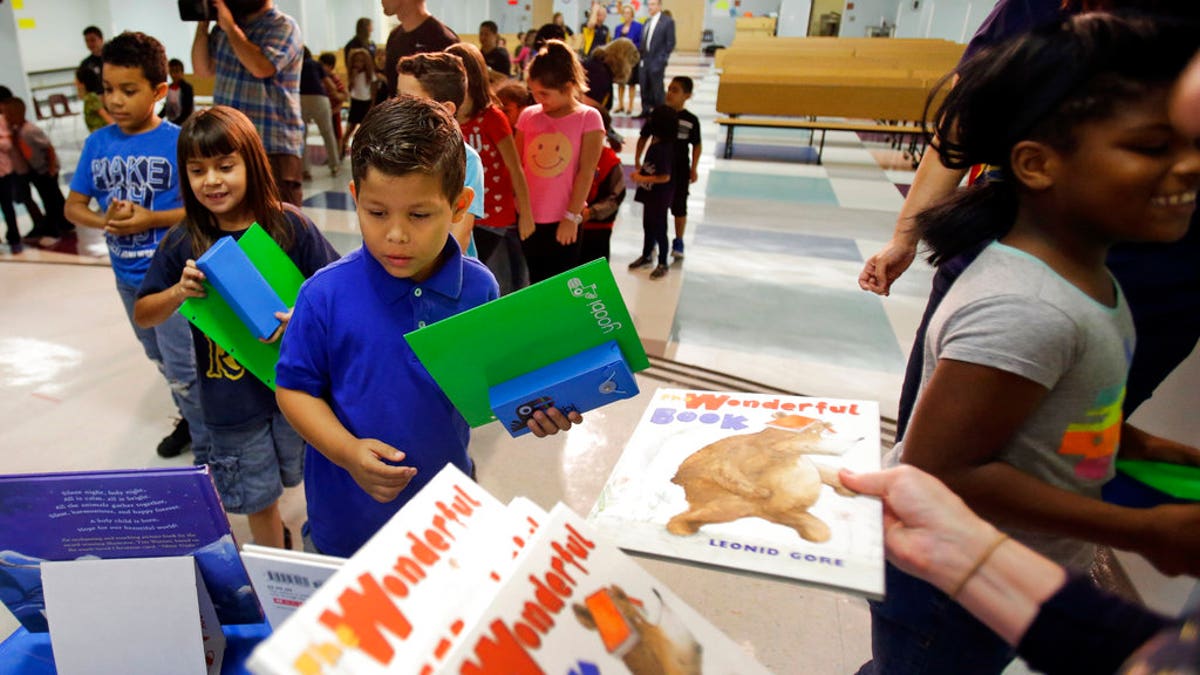KISSIMMEE, Fla. – The old, without medicine, are coming. The young, without classrooms, are coming. And those in between are coming, too.
Two months after Hurricane Maria devastated Puerto Rico, residents of the island are heading to Florida in seemingly unprecedented numbers. Since the hurricane battered the U.S. territory on Sept. 20, at least 164,000 residents of the island have fled to the Sunshine State, according to the Florida’s Division of Emergency Management.
The long-term impact of that massive influx is still unclear, but already cities like Orlando and Miami are feeling the squeeze. The Mariel boatlift in 1980, when 125,000 Cubans crowded into boats to Miami, dramatically reshaped the political and cultural landscape of the state. Demographers are still trying to figure out the impact of this year’s surge.
One-stop shopping centers at Miami International Airport and in Orlando have been set up to provide housing, medical care, food, and employment. The surge is straining local resources, including charities like Latino Leadership in Orlando, a local non-profit trying to help the new arrivals find jobs and housing.
The flood of arrivals is also affecting schools, where dozens of new students without transcripts arrive each day, said Osceola County Schools Superintendent Debra Pace. There are 2,500 new students in Osceola County, more than 80 percent of whom don't speak English.
AFTER MARIA, US SCHOOLS GET INFLUX OF PUERTO RICAN STUDENTS
Pace said she is seeing dozens of new students every day.

Senior FEMA officer Willie G. Nunn, left, talks about relief efforts for Puerto Ricans coming to Florida with Gov. Rick Scott, back center, and local Central Florida leaders during a roundtable discussion, Monday, Nov. 13, 2017, in Kissimmee, Fla. The state is struggling to accommodate the large influx of Puerto Ricans settling into the area. (AP)
“We enrolled 72 yesterday," she said.
Some arrive alone. Each new student costs the district roughly $28,000 – an unbudgeted expense of more than $70 million, say school officials.
"It's like adding two elementary schools to our population that we were unable to plan for and project," Pace said.
The county is waiting on answers for state and national funding.
Even before the storm, Puerto Ricans were fleeing a debt-ridden economy – at the pace of 80,000 a year from an island whose population is just 3.5 million.
But now that flight has turned desperate.
Half a million Puerto Ricans are expected to come to Florida in the next four years to join the one million already in the state.
Mirbelys LaJara and her two daughters are Hurricane Maria victims from Areceibo, Puerto Rico.
"My children don't have school, don't have work, I don't have nothing," she said.

The exodus from Hurricane Maria has added to what already has been in influx of Puerto Ricans in the Orlando area of central Florida and students in Orange County district in recent years. And more are expected from the ravaged island, where widespread power outages are continuing and many still lack running water. Here students at Riverdale Elementary School, in Orlando, Fla. receive supplies. (Copyright 2017 The Associated Press. All rights reserved.)
Eight weeks after the hurricane, much of Puerto Rico remains without power, internet or phone service. Many also lack running water.
Stephen Vazquez grew specialty hot peppers and cilantro.
"I'm kind of stuck in the air, you know,” Vazquez said. “I produce hydroponically as well so without light, water issues, I can't even really produce."
A farmer without light or water who has come to Orlando with two pairs of pants and a shirt.
"Starting from zero,” Vasquez said. “We're starting from zero."


